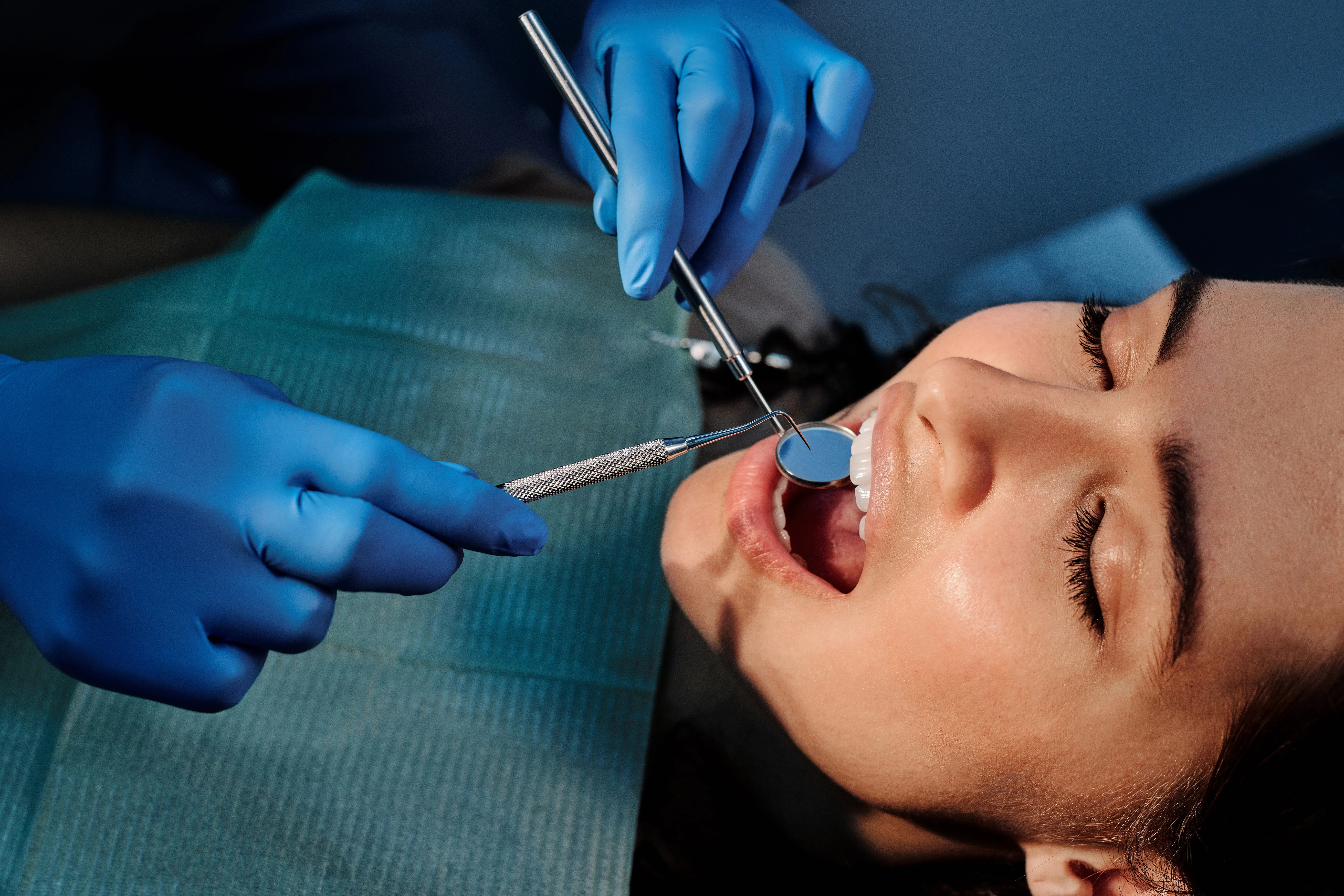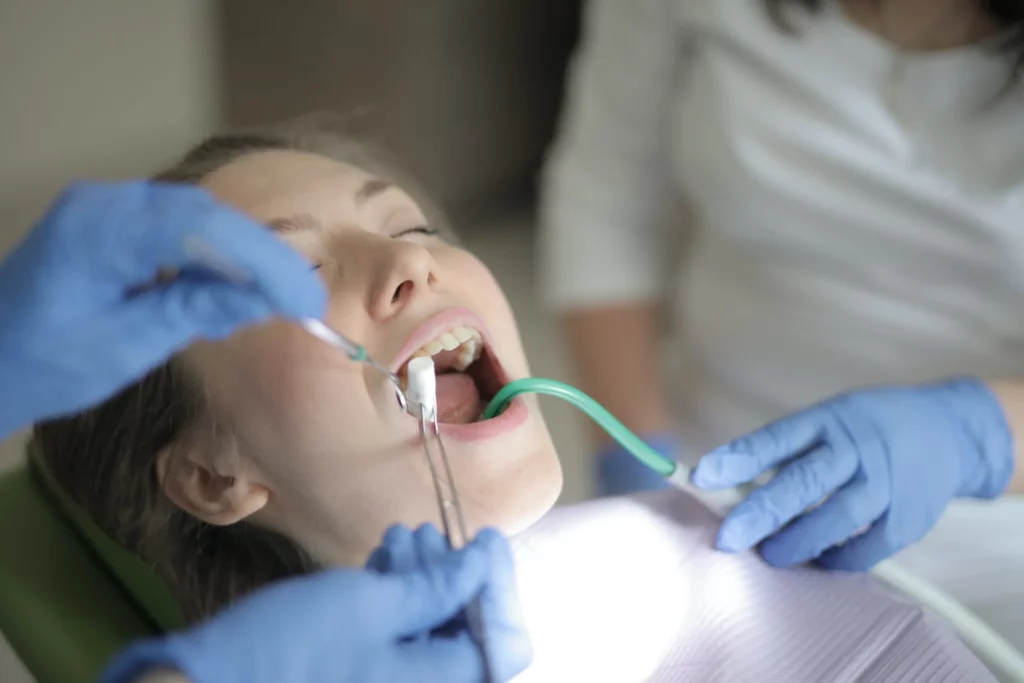Sedation Dentistry
Calm Visits, Beautiful Smiles

Everything About
Sedation Dentistry
Sedation Dentistry
Dental anxiety is a common concern that can affect both children and adults. At Smile Time Dental, our team is well-trained to handle such situations with compassion and understanding. To address dental anxiety, we can provide options like laughing gas or oral sedatives before the treatment, helping patients feel more relaxed and allowing our team to finish treatment. Sedation dentistry enables you to feel tranquil, composed, and comfortable during dental procedures. Oral Sedatives, for example, provide a moderate level of sedation, allowing you to remain conscious but in a highly relaxed state. Sometimes referred to as conscious sedation dentistry or “twilight sleep,” it induces short-term amnesia, which results in reduced pain sensitivity without losing consciousness.
Sedation Options
Sedation dentistry offers different levels of sedation tailored to your specific needs. Factors influencing the choice of sedation include your anxiety level, the duration of the procedure, your medical history, and personal preferences. The most prevalent forms of sedation dentistry encompass nitrous oxide, oral conscious sedation, and intravenous (IV) sedation.
Nitrous Oxide Sedation
Nitrous oxide, often referred to as “laughing gas,” is inhaled through a mask or nosepiece, and its calming effects take hold within three to five minutes. Your dentist carefully monitors and adjusts the level of sedation you receive throughout the procedure. After the treatment, your dentist administers pure oxygen to expel the nitrous oxide from your system. Due to the rapid dissipation of laughing gas, you’ll be able to drive yourself home following the procedure.
Oral Sedatives
During oral conscious sedation, your dentist administers a sedative (usually in pill form) about an hour prior to your procedure. This sedative is part of a well-known group of medications, although your dentist might choose alternative medications based on your individual needs. In pediatric dentistry, a liquid form of sedation is frequently employed.
Oral sedation causes drowsiness, and you may even drift off to sleep. However, if necessary, you’ll still be able to communicate with your dentist and can be easily awakened with a gentle touch. As oral sedation temporarily affects your memory and motor skills, you’ll need a friend or family member to drive you home after the procedure.
Intravenous IV
IV sedation dentistry provides the most profound level of conscious sedation within a dental office environment. The sedative medication is administered directly into your bloodstream via an IV line. Throughout the procedure, your dentist closely monitors your heart rate, blood pressure, and oxygen levels. They can adjust the dosage as needed and administer reversal medications if required. Most patients who undergo IV sedation dentistry fall asleep and have little or no recollection of their treatment upon waking. This option is ideal for individuals with severe dental anxiety or those undergoing extended procedures.

5 Ways To Calm Dental Anxiety
- Practice Deep Breathing Techniques
- Share Your Fears With Your Dentist
- Avoid Foods With High Sugars or Caffeine
- Don’t Go To Your Dental Visits Alone
- Avoid Googling Your Procedures or Dental Issues

5 Ways To Calm Dental Anxiety
- Practice Deep Breathing Techniques
- Share Your Fears With Your Dentist
- Avoid Foods With High Sugars or Caffeine
- Don’t Go To Your Dental Visits Alone
- Avoid Googling Your Procedures or Dental Issues
How can we help you?
Frequently Asked Questions
The length of the sedation will depend on the sedative option provided, the length and complexity of the treatment provided, and an individual’s ability to recover. Patients are advised to bring a family member or friend to drive them home.
Majority of patients do not experience discomfort during the treatment.
Insurance coverage for sedation dentistry varies by plan. It is recommended to consult with your insurance provider to determine whether your insurance covers sedation dentistry services.


